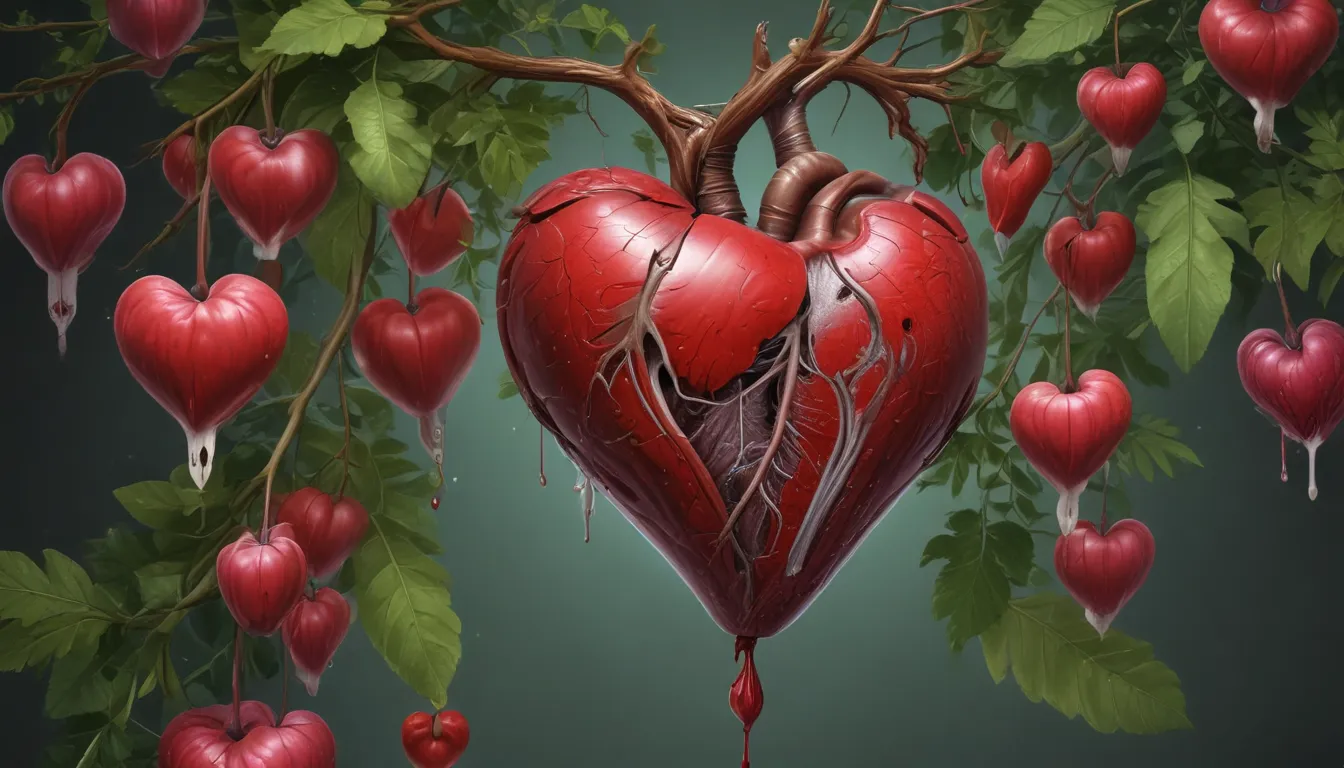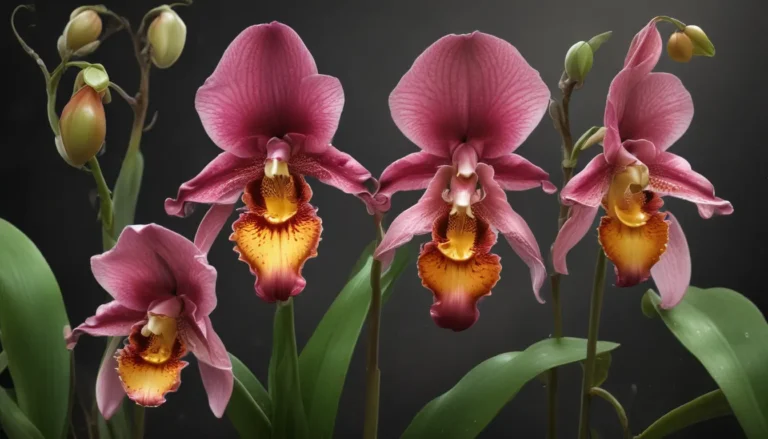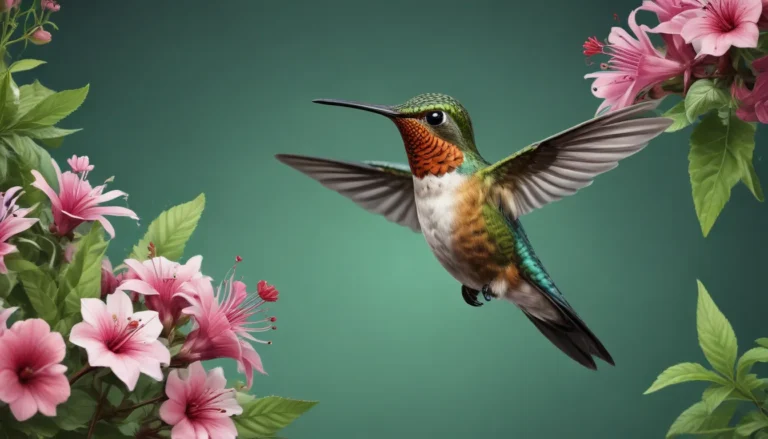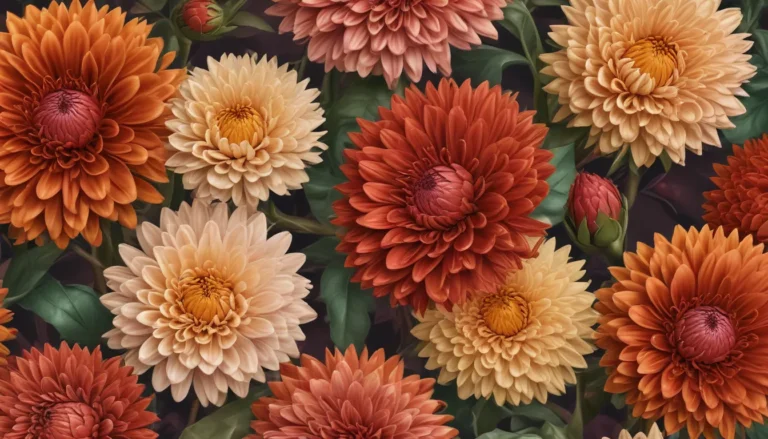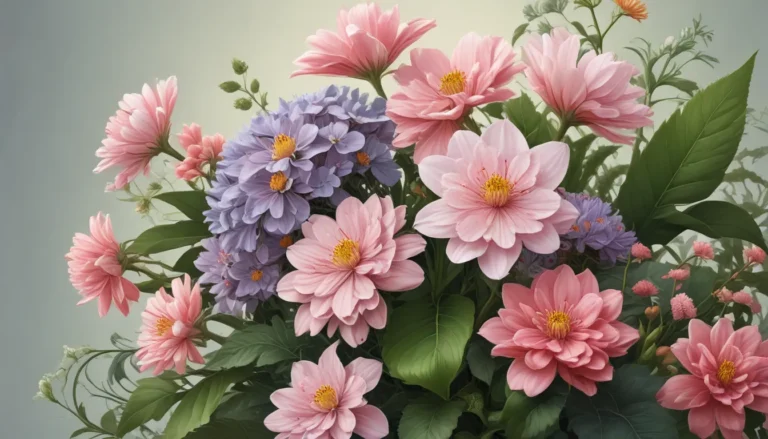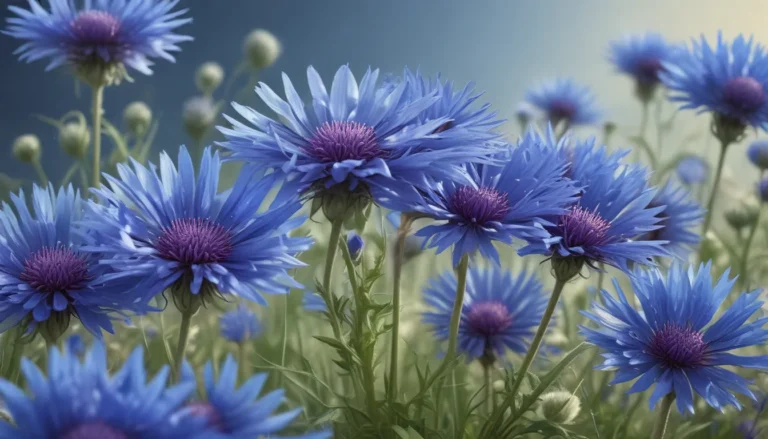The pictures we use in our articles might not show exactly what the words say. We choose these pictures to make you interested in reading more. The pictures work together with the words but don’t take their place. The words still tell you the important facts.
Are you a nature lover or a passionate gardener looking to add a touch of romance and elegance to your garden? Look no further than the mesmerizing Bleeding Heart plant, scientifically known as Lamprocapnos spectabilis. This enchanting plant has captivated garden enthusiasts for centuries with its delicate, heart-shaped blossoms. But there is more to the Bleeding Heart than meets the eye. In this article, we will uncover 17 intriguing and lesser-known facts about this mysterious plant, from its historical significance to its unique symbolism. Whether you are a seasoned gardener or simply curious about the wonders of nature, this article will provide you with a deeper understanding of the Bleeding Heart and its captivating allure.
The Enigmatic Beauty of the Bleeding Heart Plant
The Bleeding Heart flower, with its heart-shaped blooms, symbolizes love and compassion, making it a popular choice for gardens and floral arrangements. These plants thrive in shady areas, attracting pollinators and requiring low maintenance, making them a versatile and enchanting addition to any garden.
The Origin of the Name
The Bleeding Heart flower gets its name from its unique appearance. The flowers resemble a heart with a droplet of blood falling from it, hence the name “Bleeding Heart.”
A Variety of Varieties
There are different varieties of the Bleeding Heart plant, each with its own distinct characteristics. Some popular varieties include Dicentra spectabilis, Dicentra eximia, and Dicentra formosa.
Bloom Time
Bleeding Heart flowers bloom in spring, adding a burst of color to gardens and landscapes after the winter months. Their dainty, pendulous flowers come in shades of pink, white, and red.
Asian Roots
The Bleeding Heart is native to Asia, particularly Japan, China, and Korea, where it is associated with love and is considered a symbol of deep affection.
Shade-Loving Plant
Bleeding Heart plants prefer shade or partial shade, making them excellent choices for gardens with limited sun exposure. They are commonly found growing beneath trees or in woodland gardens.
Soil Requirements
Well-drained soil is essential for the healthy growth of Bleeding Heart plants. They prefer moist but not waterlogged soil to thrive.
Pollinator Attraction
The unique shape and color of Bleeding Heart flowers attract pollinators such as bees and butterflies, serving as a vital source of nectar and pollen for these beneficial insects.
Deer-Resistant Qualities
Due to their toxicity, Bleeding Heart plants are deer-resistant, making them a great choice for gardens located in deer-populated areas.
Medicinal Uses
Certain species of Bleeding Heart plants are used in traditional medicine for their anti-inflammatory, analgesic, and diuretic effects.
Perennial Beauty
The Bleeding Heart is a perennial plant, meaning it comes back year after year. With proper care, it can provide beautiful blooms for many seasons.
Propagation
Bleeding Heart plants can be divided during their dormant period to propagate new plants and expand your collection.
Cut Flower Delight
The Bleeding Heart blooms attract attention as cut flowers, lasting for several days when used in floral arrangements.
Low Maintenance Elegance
Once established, Bleeding Heart plants require minimal care, with regular watering and occasional fertilization being sufficient to keep them healthy and blooming.
Symbolic Significance
Throughout history, the Bleeding Heart has been associated with love and compassion, with its heart-shaped blooms representing deep affection and emotional connections.
Container Gardening
Bleeding Heart plants can be grown successfully in containers, providing a versatile option for those with limited garden space.
Shade Garden Favorite
Due to their preference for shade or partial shade, Bleeding Heart plants are popular additions to shade gardens, adding elegance and beauty to these spaces.
Enthusiast’s Choice
Garden enthusiasts and flower lovers often include the Bleeding Heart in their collections, appreciating its unique appearance and symbolic meaning.
Conclusion: Embrace the Enchantment of Bleeding Heart Plants
In conclusion, the Bleeding Heart plant is a fascinating and enigmatic addition to any garden. Its unique characteristics, rich history, and symbolic significance make it a cherished plant for gardeners and nature lovers. By providing the proper care and growing conditions, you can enjoy the delicate blooms of the Bleeding Heart year after year, adding a touch of mystery and elegance to your outdoor space.
FAQs: Exploring Your Curiosities
How do I care for Bleeding Heart plants?
Bleeding Heart plants prefer partial shade and moist, well-drained soil. Regular watering is essential, particularly during dry periods, while mulching can help retain moisture and prevent weed growth.
Do Bleeding Heart plants attract any pests or diseases?
While relatively resistant to pests and diseases, Bleeding Heart plants can occasionally attract slugs and snails. Vigilance and manual removal may be necessary to control these pests, along with proper watering to prevent root rot.
Can Bleeding Heart plants be grown in containers?
Yes, Bleeding Heart plants can be successfully grown in containers with good drainage and regular watering. Place the container in a shaded area for optimal growth.
When is the best time to plant Bleeding Heart?
Early spring or fall are the best times to plant Bleeding Heart, allowing the plant to establish its roots before the extremes of summer or winter.
Can Bleeding Heart plants be grown as indoor houseplants?
While primarily suited for outdoor gardening, Bleeding Heart plants can be grown as temporary indoor houseplants, enjoying their cut flowers indoors for a short time.
Your Journey with Bleeding Hearts
As you embark on your journey with the mysterious Bleeding Heart plant, remember to appreciate its beauty, symbolism, and resilience. With the right care and attention, these enchanting plants will continue to captivate and inspire you year after year. Embrace the allure of the Bleeding Heart and let it add a touch of romance and elegance to your garden.
